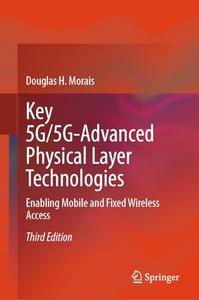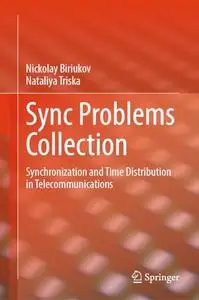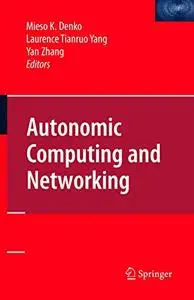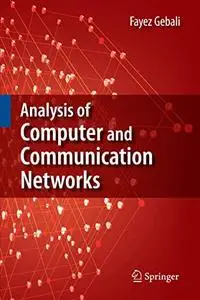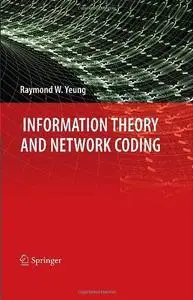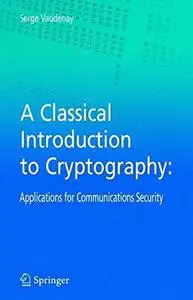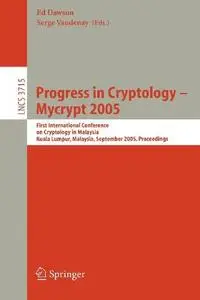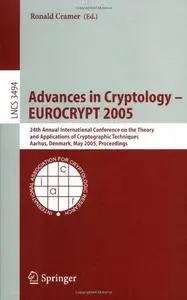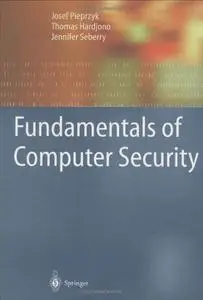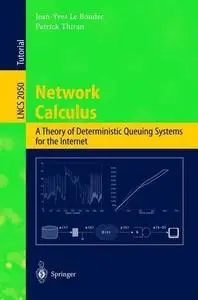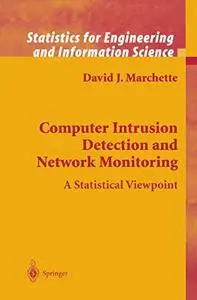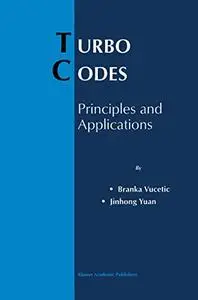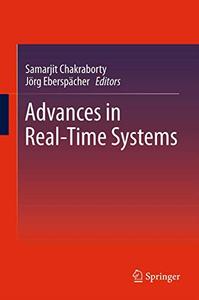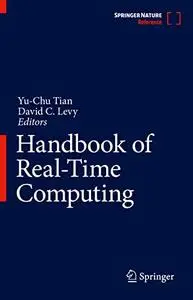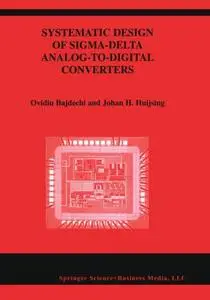Key 5G/5G-Advanced Physical Layer Technologies: Enabling Mobile and Fixed Wireless Access, Third Edition by Douglas H. Morais
English | PDF EPUB (True) | 2024 | 360 Pages | ISBN : 3031574257 | 35.8 MB
This third edition of this text covers the key technologies associated with the physical transmission of data on 5G mobile systems. Following an updated overview of these technologies, the author provides a high-level description of 3GPP’s mobile communications standard (5G/5G-Advanced) and shows how the key technologies presented earlier facilitate the transmission of very high-speed user data and control data and can provide very low latency for use cases where this is important. In the final chapter, an updated overview and the physical layer aspects of 5G NR enabled Fixed Wireless Access (FWA) networks is presented. Material in the second edition addressed mainly the key physical layer technologies and features associated with 3GPP Release 15, the first release to support 5G, and Release 16. This edition adds descriptions of some of the technological advancements supported in Releases 17 and 18, the latter being designated by 3GPP as 5G-Advanced. In addition to numerous enhancements of existing features, these releases include new features such as support for 1024-QAM in the downlink in the FR1 band, Reduced Capability (RedCAP) devices, Network Controlled repeaters, operation in the 6 GHz band and above 52.6 GHz, support for broadcast/multicast services, and Non-terrestrial Networks (NTNs). Additionally, a look ahead at some of the planned features and enhancements of Release 19 is provided. This textbook is intended for graduate and upper undergraduate engineering students and practicing engineers and technicians who have an interest in 3GPP’s 5G enabled mobile and or FWA networks and want to acquire, where missing, the necessary technology background in order to understand 3GPP’s physical layer specifications and operation. Provided are working problems and helpful examples throughout the text.


